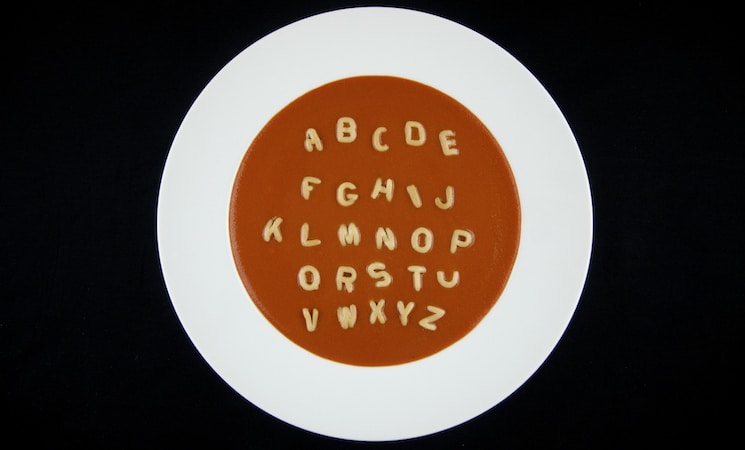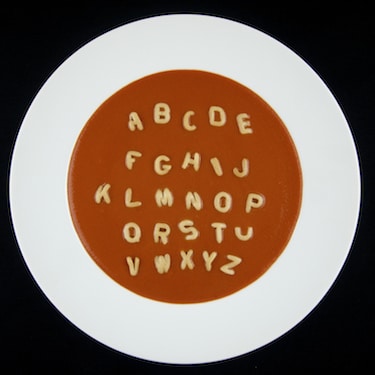
Whether installed on-premises or in the cloud, enterprise software is critical to run virtually every aspect of manufacturing. Over time, the enterprise software industry has evolved to provide many specialized applications suitable for each step along the way. What has resulted is confusion on where to draw the line between applications and whether each one is needed. Some vendors tout a single “platform” solution that can meet all your needs. What is the best option? How do you evaluate? This article attempts to provide clarity on this topic.
On the surface, the question is legitimate. There are many different enterprise software applications available today. It is no wonder why there is often confusion – especially as new features are announced further blurring the lines!
Some of the more popular applications include:
- Manufacturing Execution System (MES) applications – a system to manage the planning and execution of production processes
- Enterprise Resource Planning (ERP) applications – a system of record to track business inputs and outputs, with a full financial reconciliation for auditing financial records
- Product Lifecycle Management (PLM) applications – a collection of engineering and design applications to digitally model how a final product will be engineered
- Enterprise Quality Management System (EQMS) applications – a system to manage quality parameters to identify and address quality issues
- Supplier Quality Management (SQM) applications – a system to perform inspections of parts or assemblies before shipment to avoid returns quality issues
A Brief History of MES Applications
Nearly 25 years ago, the Manufacturing Executions Systems Association (MESA) produced a series of whitepapers, one of which laid out the definition and architecture for the original concept of an MES system: MESA White Paper #06: MES Explained: A High-Level Vision for Executives. This whitepaper’s initial definition of MES suggested that it include quality and maintenance functionalities. Today these functions are now associated with other specialized applications with features designed to meet the evolving needs of these disciplines.
As independent firms compete in the marketplace, innovation occurs for better performance, new capabilities, and greater efficiency. This is a good thing, helping to contribute to a better bottom line.
Industry 4.0 and the Digital Transformation
A new factor has emerged – the digital transformation of how manufacturers operate. No longer is it difficult to integrate workflows from within and beyond the four walls of a factory. Multiple applications can be combined into a single production process. Greater reliance on Application Programming Interfaces (APIs), the Industrial Internet of Things, and open-source applications has created new opportunities for manufacturers to invest (or reinvest) in technology to improve access to data.
The question of what applications are needed has now shifted to what capabilities do you require? Harnessing the quality sampling process of an SQM application might be your best option while running the rest of your quality process in an MES – provided both applications can work together. Note this requirement is not necessarily satisfied by both applications being sold by the same vendor. True interoperability must be validated.
Likewise, if your MES software is best to centrally manage how your production process is optimized, but not for maintenance procedures, then go ahead and take advantage of both. In the digital age, processes can be more readily shared as part of an overall “digital quilt” of operations procedures. If your data can be standardized into a single digital thread, there is no downside. Only the benefit of improved performance from a best-in-breed strategy.
Assess Requirements Instead of Three Letter Acronyms
As operations have become increasingly integrated across disciplines, it is useful to think about the way a manufacturer deploys software. Just as ERP redefined accounting management by combining what were once separate functions such as accounts payable, general ledger, and material requirements planning (MRP) into a single application, we see plant floor software, such as MES, now providing that equivalent platform capability on the shop floor.
The only difference between these two scenarios is that when ERP emerged, digital integration capabilities didn’t exist. This forced companies to purchase monolithic applications from a single vendor that are extremely difficult to change once implemented. Today, the integration of capabilities from the traditionally disparate systems is far superior to what existed before.
Automation Leading the Change
One area where manufacturers are taking advantage of this new reality is in the field of automation. As events occur that trigger an automated response, this action often has repercussions across the entire production process spanning multiple applications that traditionally operated in silos. With such integration and interdependence of these processes, functionalities that were once discrete tools must now be capable of working across applications.
It is a brave new world. No longer do manufacturers have to think about what three-lettered application is needed. Instead, think about what is the ideal production process that can deliver the most value to your customers? Then, put together a workflow that draws upon just the capabilities you need while ideally centrally managing it all through your MES.





